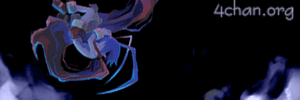| >> |
12/27/11(Tue)14:21 No.17347034
File1325013714.jpg-(185 KB, 1024x686, Fists.jpg)
 >>17346948
As you point out, when you clean the brush in water, there will be lots of water in it and it will dilute your next bit of paint that you put on it. This is actually a good thing, because it naturally thins your paints. The key is getting some experience and knowing how much water to leave in it.
Personally, I always make sure to wipe the brush twice on a paper towel to get most of the water out so that it doesn't become too runny before I put more paint on it. Also, I don't put too much paint on the brush either, and I wipe the excess off of both sides of the brush by "brushing" it against the inside lip of the paint can. Basically, the paint on your brush shouldn't be so thick that it swells out, like a water drop.
I'm having trouble explaining these things with typing. You can believe me that I feel your pain - my army is Imperial Fists, and the yellow can be a nightmare if you don't know how much to thin, or how. After some experimenting I've arrived at what I think works for me, but that didn't remove any of the uncertainty at first. That was part of the fun for me, but I'm weird, so take that with a grain of salt.
These are my Fists. I just started the army, so these five are the only ones I have finished. Well, I actually just finished a Chaplain too, but don't have a picture. If you want I can try to answer any questions you have in your post and maybe we can figure it out together. |

